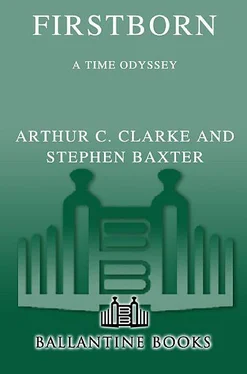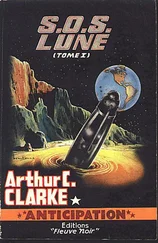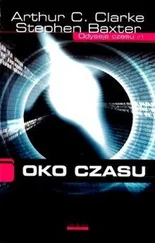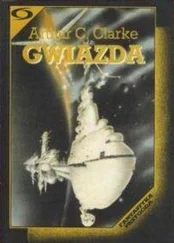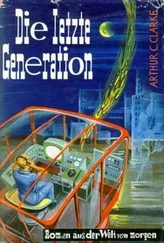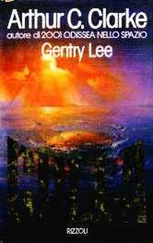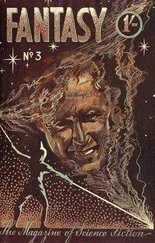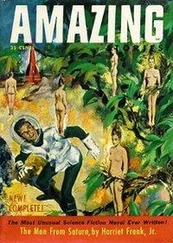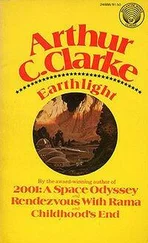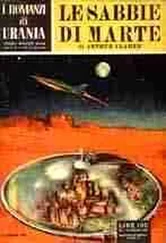The visual astronomers too had suddenly found money coming their way to realize previously unaffordable dreams. Bella studied images of the unimaginatively named Very Large Telescope in Chile, an Extremely Large Telescope in Morocco, and a monster called the Owl, the Overwhelmingly Large Telescope at a site called Dome C in Antarctica, where enough steel to build a second Eiffel Tower supported a monstrous mirror a hundred meters across. The Owl was busy photographing the birth of the first stars in the universe — and, more significantly, was mapping the surfaces of planets of nearby stars.
Facilities off-Earth were no less impressive. The most successful of the new space observatories was Cyclops Station, which trailed the Earth in its orbit at a stable Lagrange point. At Cyclops there had been assembled a telescope with a single, very large
“Fresnel” lens — not a mirror, but a diffracting lens.
As for what all these automated eyes were looking for, a century of theoretical studies by the old SETI enthusiasts had been plundered. Strategies were being devised to detect signals of all types down to very brief bursts — stray flashes of tight-beam laser signals, perhaps, detectable down to a billionth of a second long.
Paxton also spoke of lesser eyes, a whole fleet of them scattered right through the solar system out as far as the orbit of Neptune. He brought up a three-dimensional image of Deep Space Monitor X7-6102-016, which had been posted into orbit around Saturn.
“These are our robot sentries, our picket line,” Paxton boomed.
“ DSM X7-6102-016 was typical, the most advanced scientific gear but robust, hardened and shrouded. These little critters patrol the skies all the way out to the fringe of OutSys. And they watch each other just as keenly.”
“That’s true,” Professor Carel put in hesitantly. “In fact it was the other probes’ observation of the destruction of X7-6102-016 that was brought to my attention, rather than anything that the probe transmitted itself.”
Bella said, “So we live in a heavily surveilled solar system. What else do you have, Bill?”
“Weapons.” Paxton waved a hand, and the image of DSM X7-6102-016 broke up.
“We call the concept ‘Fortress Sol,’ ” Paxton said grimly. “We’re establishing layers of deep defense from the outer solar system to the inner, all of it centering on the home of humanity, the Earth. You know yourself, ma’am, that we have established facilities as far out as the Trojan asteroids.”
The Trojans were a rich concentration of asteroids trailing Jupiter around its orbit at a Lagrange stable point. Right now Bella’s daughter Edna was out at Trojan Station, working on a new generation of spacecraft, the “A-ships.” All heavily classified.
“Next in we have the asteroids. For military planning purposes we use the A-line, the central belt, as the boundary between InSys and OutSys — that is, the inner and outer systems. After that we have stations at the Lagrange points of Mars and Earth…”
In the Earth — Moon system itself there were weapons platforms on the Moon and at the lunar Lagrange points and in Earth orbit: killer satellites that could pepper any interloper with projectiles, or fry it with X-ray lasers, or simply ram it. There were ground-based systems too, heavy lasers, particle beams, and reconditioned Cold War ICBMs still capable of hurling their lethal payloads away from the Earth. Even in Earth’s upper atmosphere huge aircraft pa-trolled continually, bearing weapons that could knock out incoming missiles. And so on. The whole of cislunar space seemed to be bristling with weaponry, from Earth’s surface up through what Paxton barked out as “LEO, HEO, GEO, and super-GEO”—low, high, geosynchronous Earth orbit and beyond.
And the overt hardware of war was just the start. Everything that could be weaponized was. Even space-based weather control systems, like the kilometers-wide space lenses and mirrors, could easily be redirected. Every plowshare could be turned to a sword.
Bella’s imagination quailed when she tried to imagine the sort of last-ditch defensive battle that might depend on the use of such weapons. And the fact that these weapons, built to fight a War in the Sky, could just as easily be turned against an enemy on the ground was lost on nobody.
Paxton said, “We’re well aware of course that these facilities could have done nothing to stop the sunstorm. Therefore we have fallbacks. We don’t know what these Firstborn might hit us with next. So for planning purposes we have looked back at other disasters, natural ones, that have hit us in the past, and how we coped with them…”
He moved into a new chart, a dismal classification of catastrophe.
There were “local disasters” that killed a few percent of the world’s population, like major volcanic eruptions and the twentieth-century world wars, and “global disasters” killing a significant fraction of the population, such as would follow the strike of a small asteroid, and “extinction level events,” so devastating that a significant proportion of all species would be eliminated, and life on Earth itself threatened. “If not for the shield,” Paxton said crisply, “the sunstorm would have inflicted the mother of all extinction level events on us, since it would have melted Earth’s surface down to the basement rock. As it was the shield reduced the event to a mere ‘global disaster.’ ”
And the sunstorm, he said, had inspired the approach being taken to make the Earth resilient in case of any future attacks.
“We’re trying to rework our industrial base so we can reconfigure to recovery mode as rapidly as possible in the face of any of these major disaster types. So, for instance, if we had to build another shield, we could do it more effectively. Of course some would argue that as a species we ought to be making this kind of preparation even if the Firstborn didn’t exist.
“We have some advantages. A space-based infrastructure could help reboot a terrestrial civilization. Weather control systems to stabilize a damaged climate, as after the sunstorm. Orbital stations to restring any downed elevators. Space-based energy systems and comms links. You could store medical facilities up there. Maybe you could even feed the world, from orbiting farms, or lunar agri-culture, say. The children of the Earth turning back to help their wounded mother.” He grimaced. “If the fucking Spacers cooperate.
“However we have to go beyond all this, and consider the worst case.” He said sternly, looking them all in the eye one by one, “We must plan against extermination.
“Of course we have populations off-Earth now. But I’m told there’s still some doubt that the offworld colonies could survive if Earth were lost altogether. So we have further backups.”
He spoke of vaults, on Earth and off it; there was one dug into a lunar mountain called Pico, for instance, in the Mare Imbrium.
Copies of the wisdom of mankind, on gold leaf and stored elec-tronically. DNA stores. Frozen zygotes. Caches to be retrieved by whoever might come this way, if mankind were exterminated. The “Earthmail,” a desperate firing-off of a fragment of human culture to the stars on the eve of the sunstorm, was another sort of cache.
“All right, Bill. Do you think this is going to be enough?”
Paxton said with a hard face, “Do any of you know what space opera was? Fiction of the far future, of wars fought across galaxies, of spaceships the size of worlds. We’re only a century on from World War Two — only a hundred and fifty years since the main transport mechanism for warfare was the horse. And yet we’re faced with a space opera threat. In another thousand years, say, we’ll be scattered so far that nothing short of a Galaxy core explosion could kill us all. But for now, we’re still vulnerable.”
Читать дальше
